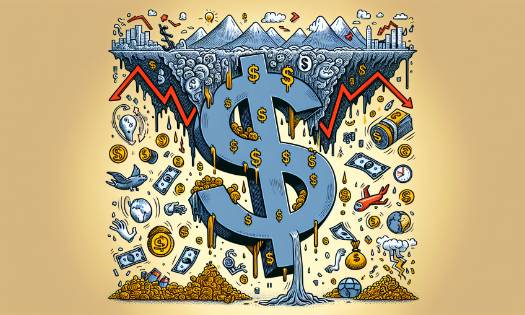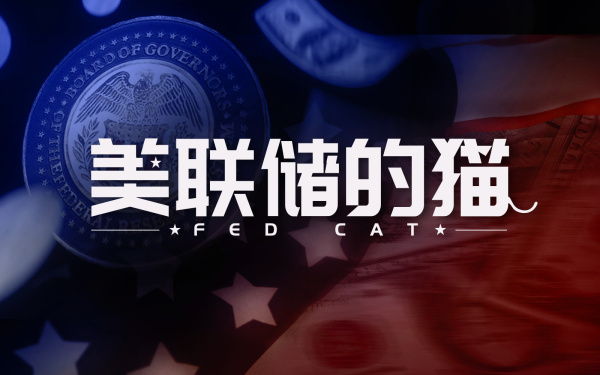Source: Jinshi Data
George Saravelos, the global head of foreign exchange research at Deutsche Bank, has been sounding the alarm about the dollar for some time, and now he has taken that concern to a new level.
In early March, just as some traders were preparing for the possible short-term inflation shock from the imposition of tariffs in the United States, the Deutsche Bank strategist warned the dollar that it might lose its reputation as a safe haven currency, citing the decline in the correlation between the dollar and stocks. Then, three weeks ago, Salavelos pointed out the risk of the dollar facing a crisis of confidence.
Now, he and colleague Tim Baker, who has made a longer-term prediction, ultimatelyThe reputation of the United States has been damaged, and this damage may be difficult to repair quickly.
In a report released Thursday, Saravelos and Baker listed a long list of obstacles the dollar faced since the beginning of the year.These include the largest trade policy shift in the United States in a century and the most significant reassessment of U.S. geopolitical leadership since World War II.
They wrote: “Our view of all these factors is,Now we have the prerequisites for the US dollar to start a sharp downward trend。”
Currently, investors seem to have a respite from tariff-induced volatility and pin their hopes on the so-called "Trump put options" that Trump can continue to soften his trade policy stance to support financial markets. On Thursday, the three major U.S. stock indexes closed higher for the third consecutive trading day, while U.S. government bond prices rose due to widespread demand for U.S. Treasury bonds.
The dollar continued to weaken against other major currencies. The Intercontinental Exchange (ICE), which measures the dollar's exchange rate against six major currencies, fell 0.6% on Thursday to 99.27, a three-year low, and has fallen nearly 8% this year. According to a timeline given by U.S. Treasury Secretary Scott Bessent two days ago, part of the problem facing the dollar may be that it may take two to three years to reach any comprehensive trade agreement between the United States and China.
"Our forecast is,The era of the US dollar's "long-term rise" will end, and the euro against the US dollar will appreciate over the rest of the decade, closer to the purchasing power parity level of 1.30. ”The euro has not reached this level since 2014.
Behind the bearish dollar view, part of the bank’s strategists are,The rest of the world's willingness to fund the US's expanding double deficit has been reduced."In a world of extreme uncertainty and rapidly changing policy norms, the risk of market chaos and rules being broken remains high," Salavelos and Baker wrote.
















No comments yet